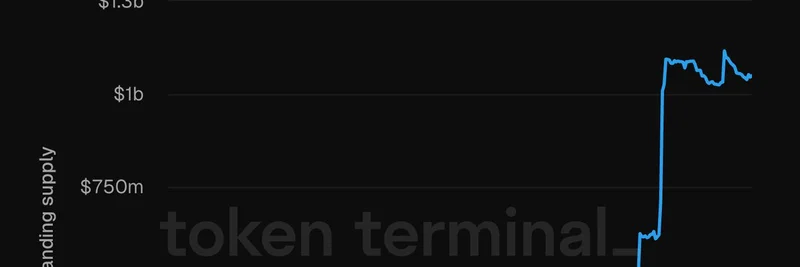Hey there, tech enthusiasts and blockchain practitioners! If you’ve been scrolling through X lately, you might have stumbled upon a quirky yet thought-provoking post by ThePrimeagen on July 7, 2025. The tweet simply asks, “why aren’t monorepos called polyrepos?”—a question that’s sparked some curiosity and lighthearted debate. As someone who’s spent years diving into tech trends at places like CoinDesk and now at Meme Insider, I couldn’t resist unpacking this for you. Let’s break it down in a way that’s easy to digest, even if you’re new to the coding world!
What’s a Monorepo Anyway?
First things first—let’s clarify what we’re talking about. A monorepo, short for “monolithic repository,” is a single repository (think of it like a big digital folder) where all the code for multiple projects or components is stored. Big names like Google and Microsoft use this approach because it makes it easier to manage everything in one place. The “mono” part comes from “single,” which makes sense, right?
On the flip side, a polyrepo (or polyrepository) is the opposite—it’s when each project gets its own separate repo. The “poly” here means “many,” indicating multiple repositories. So, ThePrimeagen’s question flips the script: if a monorepo holds many projects, why not call it a polyrepo instead?
The Naming Logic (or Lack Thereof?)
At first glance, it might seem like a fair point. A monorepo can house tons of different codebases—web apps, mobile apps, server-side stuff—all under one roof. So, why stick with “mono” when “poly” could highlight the diversity? The answer lies in the history and philosophy of software development.
The term “monorepo” focuses on the structure: one single repository, no matter how many projects it contains. It’s about unity and centralization. The idea is that all the code is managed as a cohesive unit, even if it’s used for different purposes. Calling it a “polyrepo” would shift the emphasis to the number of projects, which might confuse things—especially since “polyrepo” is already used to describe the multi-repo approach!
What the Experts Say
ThePrimeagen’s tweet got a quick response from Nick Rempel, who simply said “no”—a classic internet mic drop! But digging into resources like the Wikipedia page on monorepos or articles on Intuji, you’ll see that the naming convention has stuck around because it reflects the technical intent. Monorepos are designed for scalability and atomic changes (updating everything at once), which big tech companies love. Meanwhile, polyrepos offer more isolation but can lead to “dependency hell” when versions don’t sync up.
A Meme-Worthy Debate?
As someone at Meme Insider, I can’t help but see the humor here. Imagine a meme token named “PolyRepoCoin” sparking a debate in the blockchain community about whether it should’ve been “MonoRepoToken” instead! The naming debate mirrors the playful yet insightful discussions we often see in the crypto and tech worlds. It’s a reminder that even in serious coding circles, a little creativity can spark big conversations.
Why It Matters for Blockchain Folks
If you’re into blockchain or meme tokens, understanding monorepos and polyrepos can give you an edge. Many decentralized projects use monorepos to manage smart contracts, front-end apps, and back-end systems all in one go. Knowing the lingo—and the quirks behind it—helps you follow the latest tech news and contribute to the community. Plus, it’s a fun way to connect with developers on platforms like X!
Wrapping Up
So, why aren’t monorepos called polyrepos? It boils down to tradition, clarity, and the focus on a single repository structure. ThePrimeagen’s tweet is a great nudge to think about the words we use in tech and why they stick. Whether you’re coding, building blockchain solutions, or just here for the memes, this little debate shows how language evolves with our tools. What do you think—should we start a petition to rename it? Drop your thoughts in the comments, and let’s keep the conversation going!
Note: No images were included in the target tweet or thread, so no <Image> component is used.

